10 Ways to Save Pollinators
- August 16, 2024
- 0 comment
Pollinators such as bees, butterflies, birds, bats, and various insects are crucial for maintaining healthy ecosystems and supporting agricultural production. Their role in pollinating plants ensures the reproduction of many species, including those vital for our food supply. However, pollinators face significant threats from habitat loss, pesticide exposure, climate change, and disease. To safeguard their populations and the environment, it’s vital to adopt strategies that support and protect these essential creatures.
Plant a Pollinator Garden
Creating a pollinator-friendly garden is one of the most impactful ways to support these vital creatures. Here are some detailed steps and considerations to ensure your garden becomes a thriving haven for pollinators:
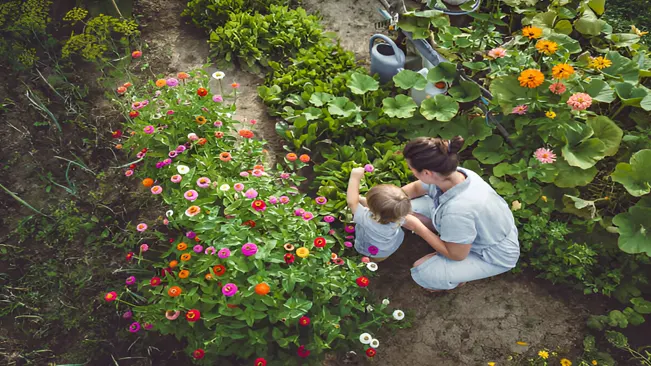
Choose Native Plants
Native plants are ideal as they have evolved alongside local pollinators. They offer the right nectar and pollen types for these species. Consider:
Milkweed
Essential for monarch butterflies.
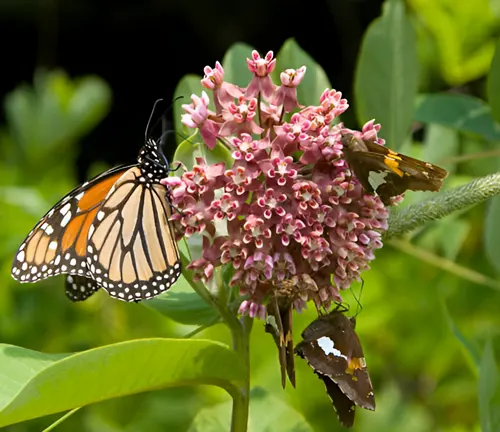
Coneflowers (Echinacea)
Attract bees and butterflies.
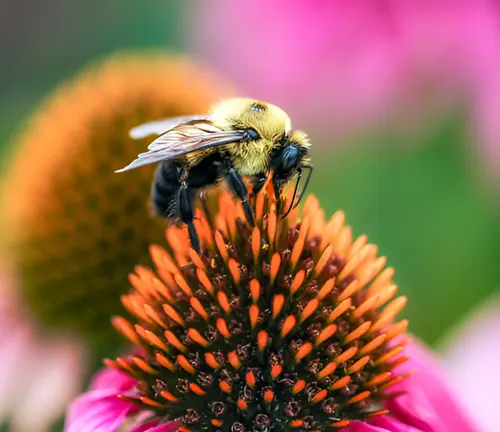
Bee Balm (Monarda)
Favored by hummingbirds, bees, and butterflies.

Ensure Diverse Blooming Periods
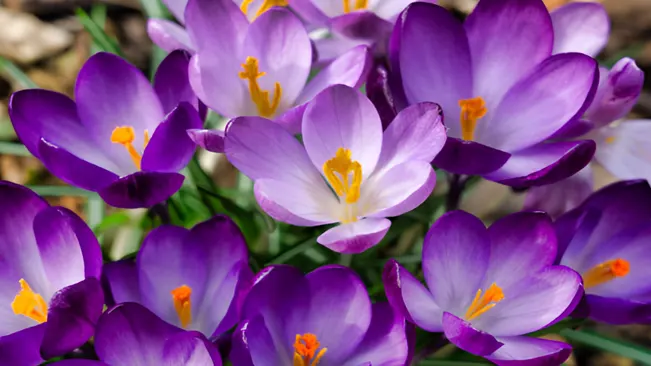
- Include plants that bloom at various times of the year to provide continuous food sources. Incorporate early bloomers like crocuses, mid-season bloomers like sunflowers, and late bloomers like asters.
Reduce or Eliminate Pesticide Use
Pesticides can harm pollinators by disrupting their nervous systems and impairing their foraging and navigation abilities. To mitigate these effects:
Adopt Organic Gardening Practices
- Use Natural Alternatives: Opt for neem oil, insecticidal soap, and diatomaceous earth, which are less harmful to pollinators.
- Encourage Beneficial Insects: Introduce natural predators like ladybugs and lacewings.
- Implement Integrated Pest Management (IPM): Combine biological, cultural, physical, and chemical methods to minimize risks.
Apply Pesticides Judiciously
- Select Least Toxic Products: Choose “pollinator-safe” or natural ingredient products.
- Follow Application Guidelines: Adhere to label instructions to minimize risks.
- Apply at Optimal Times: Spray when pollinators are inactive, such as early morning or late evening, and avoid windy days.
Provide Nesting and Overwintering Sites
Creating safe and suitable nesting and overwintering sites is essential for supporting pollinator populations. Many pollinators, including bees, butterflies, and beetles, require specific conditions to lay eggs and survive through the winter. Here’s how you can help:
Leave Natural Debris
Leaf Litter: Accumulated leaves provide shelter and enrich the soil.
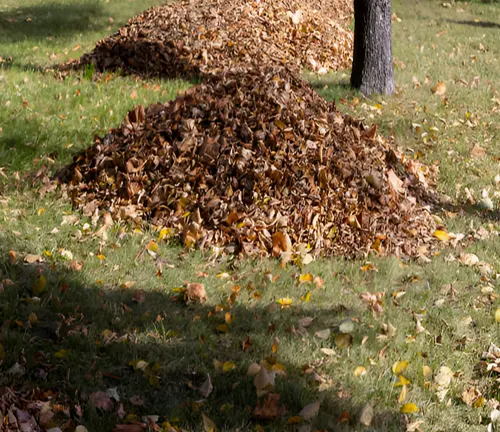
Dead Wood: Dead branches and logs offer habitats for beetles and solitary bees.
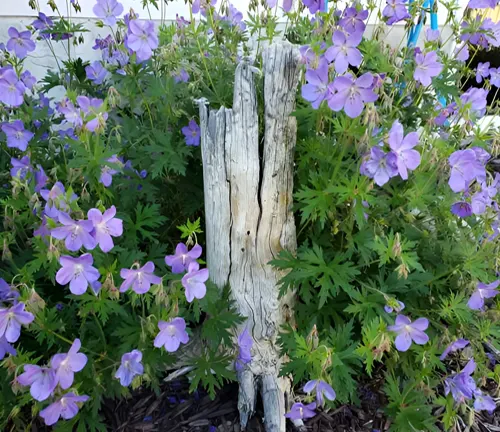
Bare Ground: Allow exposed soil for ground-nesting bees.
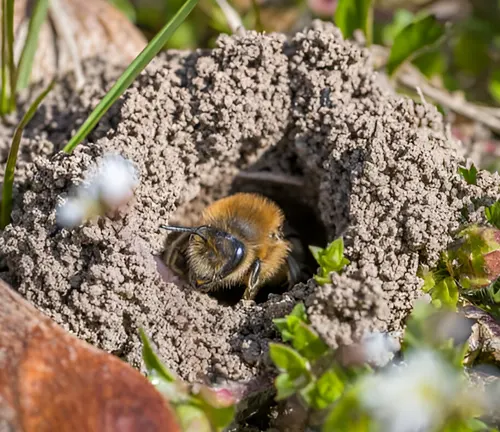
Install Bee Hotels
Bee hotels mimic natural nesting sites for solitary bees with tubes of varying diameters. Place them in sunny, sheltered locations and clean them regularly.
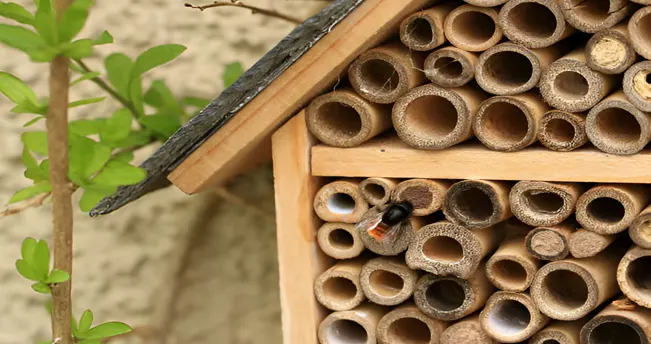
- Bee hotels are structures designed to mimic natural nesting sites for solitary bees. They typically have tubes or holes of varying diameters to accommodate different species. Install bee hotels in sunny, sheltered spots where they will be protected from heavy rain and wind.
- Clean bee hotels at the end of each season to prevent the spread of disease. Replace nesting materials if they become damaged or infested with pests.
Support Local Beekeepers
When buying from local beekeepers, consumers can often see firsthand the conditions under which the bees are kept and how the honey is processed. This transparency helps ensure that the products are high quality and that the bees are treated ethically.
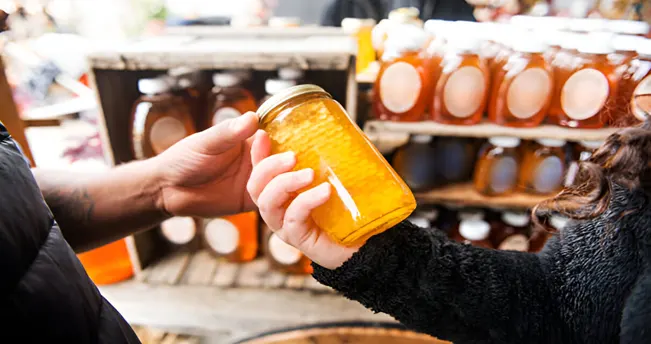
- Buy Locally: Purchase honey and bee products from farmers’ markets or directly from beekeepers.
- Explore Bee Products: Consider beeswax candles and propolis.
- Participate in Beekeeping Events: Attend workshops and events to learn more and support local beekeepers.
Advocate for Pollinator-Friendly Policies
- Engage in advocacy to promote policies that protect pollinator habitats and restrict harmful pesticide use. Support legislation that preserves natural areas and encourages sustainable farming practices.
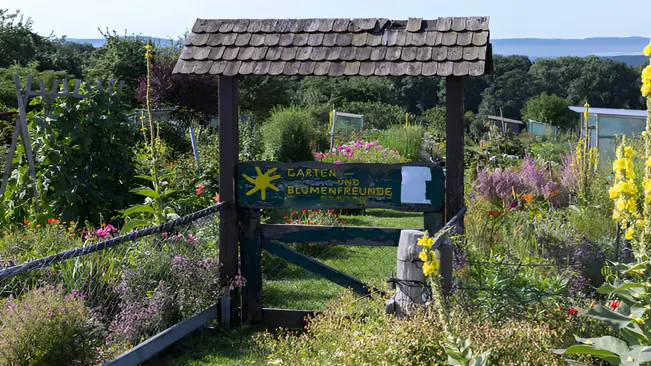
Create Pollinator Corridors
Pollinator corridors are continuous strips of habitat that are designed to connect isolated patches of natural areas. These corridors are planted with native flowering plants that provide essential resources like nectar and pollen. They help facilitate the movement of pollinators between different habitat areas, ensuring they can access a range of resources necessary for their survival.
Examples of Pollinator Corridors
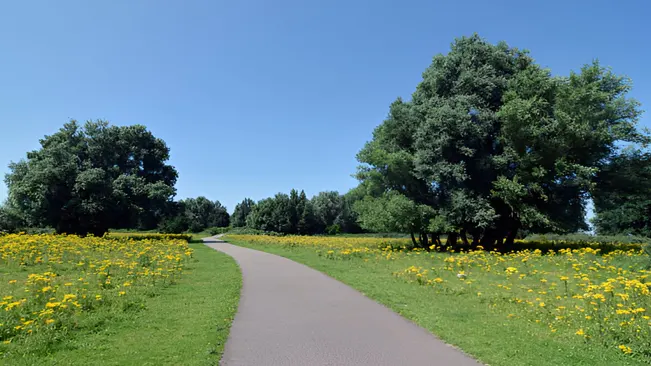
- Urban Greenways: Many cities have implemented greenways—linear parks or green spaces that include native plants and flowers—along roads, rivers, and railways to support urban pollinators.
- Highway Wildflower Plantings: Roadside planting programs can transform highways into pollinator-friendly corridors, providing vital resources for bees, butterflies, and other insects.
- Agricultural Buffer Zones: Farmers can establish buffer zones of native plants around fields to create corridors that link natural areas and enhance pollination services for crops.
Educate Others About Pollinators
- Raise awareness about the importance of pollinators and the challenges they face. Organize workshops, participate in community events, and use social media to share information and resources. Educating others can inspire collective action to protect these vital creatures.
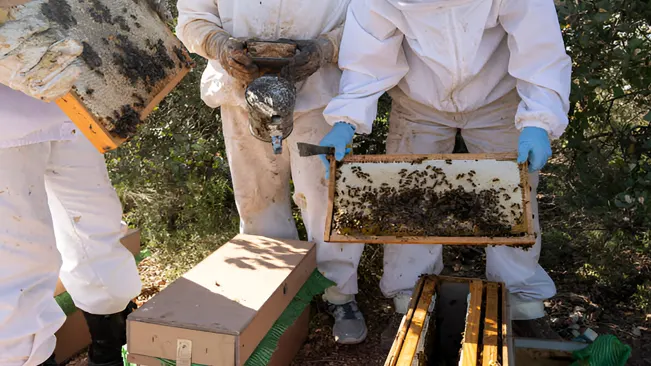
Participate in Citizen Science Projects
- Engage in citizen science projects that monitor pollinator populations. Programs like the Great Sunflower Project, Bumble Bee Watch, and Monarch Watch rely on volunteers to collect data on pollinator abundance and distribution, helping scientists track changes and develop conservation strategies.
Provide Water Sources
Pollinators need water for drinking and cooling. Provide shallow water sources in your garden, such as birdbaths with stones for landing or small dishes of water with marbles or pebbles to prevent drowning. Change the water regularly to keep it clean and free of mosquitoes.
Types of Water Sources
Birdbaths with Stones
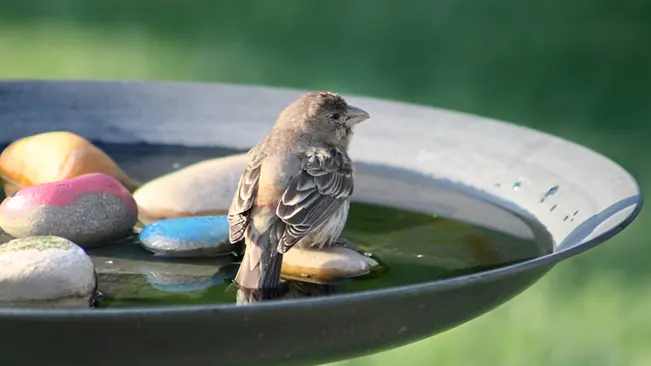
- Choose a shallow birdbath with a flat surface. Add stones or pebbles to the bottom so pollinators can land safely and drink without risking drowning.
- Place the birdbath in a sunny location to ensure it stays clean and to attract more pollinators.
Shallow Dishes
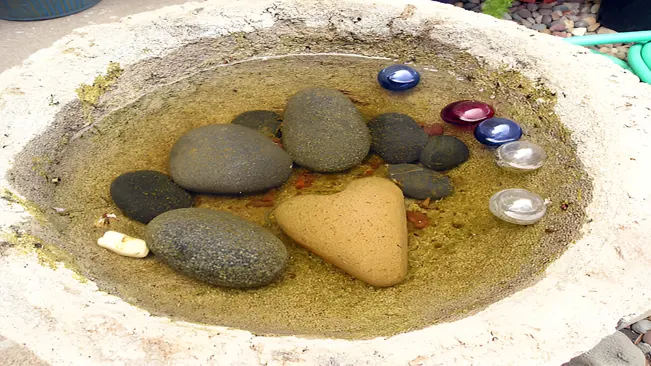
- Use small, shallow dishes or trays filled with water. Add marbles, pebbles, or small stones to provide landing spots for pollinators.
- Regularly change the water to prevent stagnation and mosquito breeding. Clean the dish thoroughly to prevent the growth of algae and pathogens.
Watering Stations
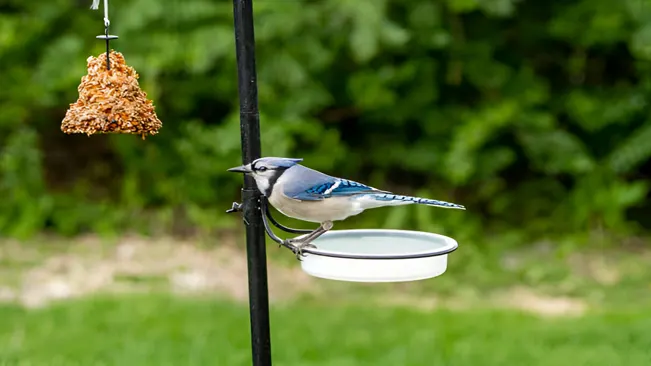
- Create simple watering stations by placing containers with small amounts of water around your garden. Ensure they have something for pollinators to perch on while drinking.
- Different types of stations can attract a variety of pollinators. For example, a small dish can be ideal for butterflies, while a birdbath suits hummingbirds and bees.
Support Organic and Sustainable Agriculture
Choose organic and sustainably-produced food and products to support farming practices that protect pollinators. Organic farms avoid synthetic pesticides and often implement conservation practices that enhance pollinator habitats.
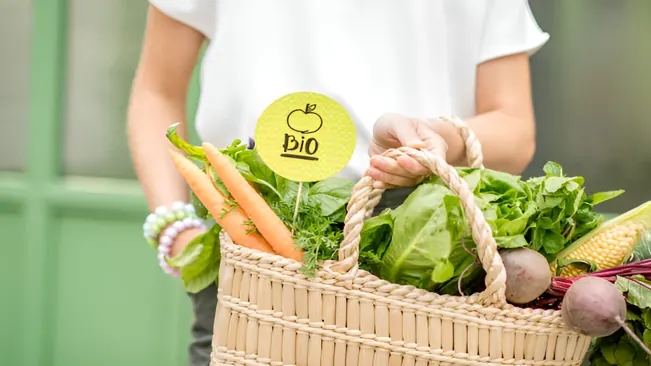
How to Support Organic and Sustainable Agriculture
- Buy Organic Products: Look for certified organic labels on fruits, vegetables, and other products. Supporting organic farmers through your purchases encourages more widespread adoption of these practices.
- Support Local Farmers: Shop at farmers’ markets or join a Community Supported Agriculture (CSA) program to buy directly from local organic and sustainable farmers.
- Advocate for Sustainable Practices: Support policies and initiatives that promote organic farming and sustainable agriculture. Engage with local and national advocacy groups working on these issues.
- Educate Yourself and Others: Learn about the benefits of organic and sustainable agriculture and share this knowledge with others to encourage more people to make environmentally-friendly choices.
Conclusion
Protecting pollinators is essential for maintaining the health of our ecosystems and securing our food supply. By planting diverse gardens, reducing pesticide use, providing nesting sites, and supporting local beekeepers, we can create a more hospitable environment for these vital creatures. Advocacy, education, and community involvement further amplify these efforts, fostering broader support for pollinator-friendly practices. Through these combined actions, we can ensure that pollinators continue to thrive, preserving biodiversity and promoting ecological balance. Every effort, no matter how small, contributes to a healthier planet and a more sustainable future for all.
FAQs
1. Why are pollinators important?
Pollinators are crucial for the reproduction of many plants, including those that produce fruits, vegetables, and nuts, supporting biodiversity and food production.
2. What plants are best for attracting pollinators?
Native plants are best as they co-evolved with local pollinators. Examples include milkweed, coneflowers, bee balm, and lavender.
3. How can I reduce pesticide use in my garden?
Use organic gardening methods, introduce beneficial insects, and apply natural pest control solutions like neem oil or insecticidal soap.
4. What is a pollinator corridor?
A pollinator corridor is a continuous habitat with flowering plants that allow pollinators to travel and find resources across fragmented landscapes.
5. How can I provide water sources for pollinators?
Set up shallow water dishes with pebbles or stones for landing, and keep the water clean and fresh to prevent mosquito breeding.
6. What are some examples of citizen science projects for pollinators?
Projects like the Great Sunflower Project, Bumble Bee Watch, and Monarch Watch involve monitoring and collecting data on pollinator populations.
7. How do bee hotels benefit solitary bees?
Bee hotels provide safe nesting sites for solitary bees to lay their eggs, helping to support their population and pollination activities.
8. What policies can help protect pollinators?
Policies that restrict harmful pesticide use, conserve natural habitats, and promote sustainable agricultural practices benefit pollinators.
9. Why is supporting local beekeepers important?
Local beekeepers often practice sustainable methods, contribute to local pollination, and help maintain healthy bee populations.
10. How can I raise awareness about pollinator conservation?
Organize workshops, participate in community events, share information on social media, and collaborate with local organizations to educate others about the importance of pollinators.
Saving pollinators requires a concerted effort from individuals, communities, and policymakers. By implementing these strategies, we can create environments that support the health and diversity of pollinator populations. Together, we can ensure that these essential creatures continue to thrive, maintaining the delicate balance of our ecosystems and securing food production for future generations.

Kristine Moore
Forestry AuthorI'm Kristine Moore, a seasoned garden landscaping professional with over 30 years of experience. My extensive career has been dedicated to transforming outdoor spaces into stunning, sustainable landscapes. With a deep understanding of horticulture, design principles, and environmental stewardship, I have become a respected figure in the field, known for creating harmonious, visually appealing, and eco-friendly gardens. My commitment to excellence and continuous learning in landscaping trends and techniques has solidified my reputation as an expert in garden design and implementation.













Leave your comment